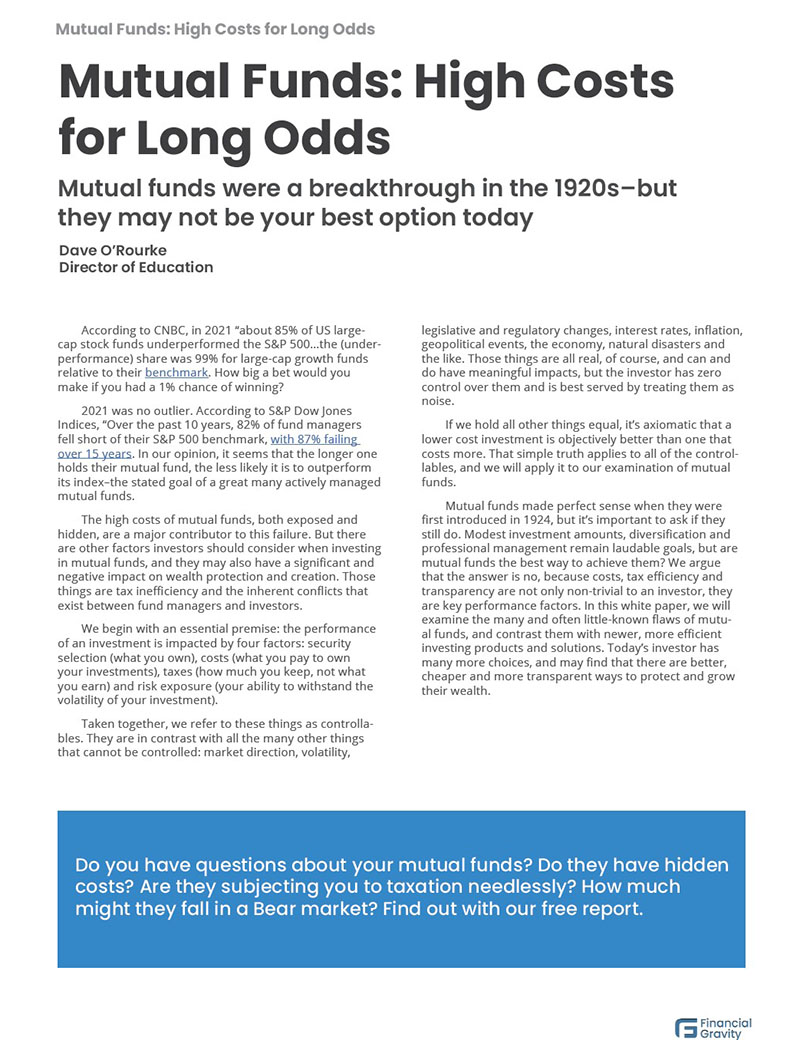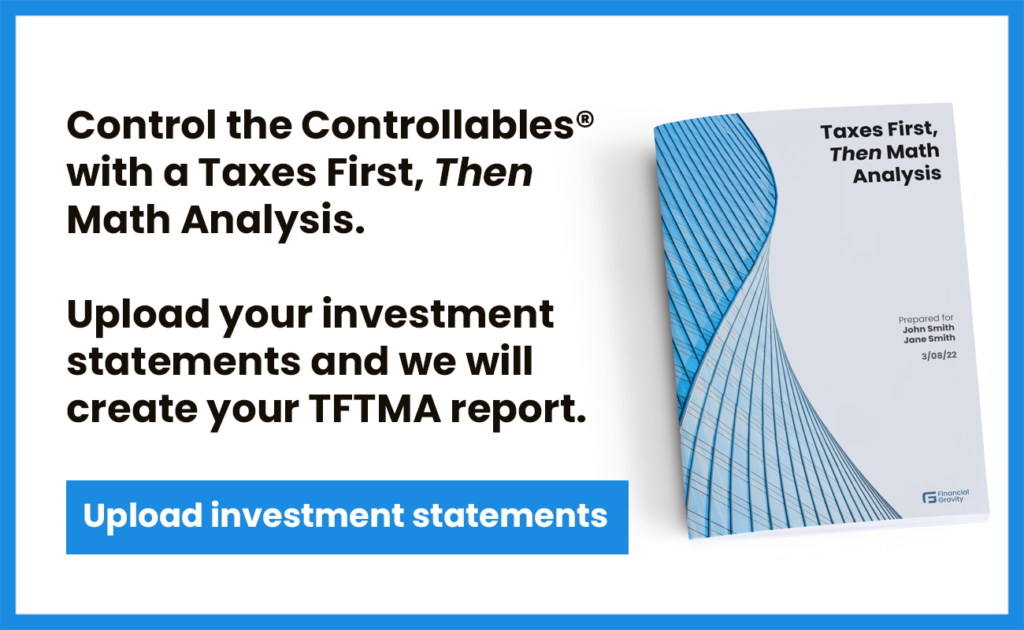The Return of Volatility Highlights the Need for Precision in Your Risk Exposure
Your goals as an investor—growing your wealth and protecting it—tend to work against each other. Naturally, you want, and likely need, your portfolio to grow. On the other hand, you don’t want to lose the wealth you’ve worked so hard to accumulate. The key is finding the right balance between risk and return—enough risk to achieve growth, but not so much that you get trapped by market timing behaviors. Risk tolerance, your ability and willingness to endure market ups and downs, is the term of art used by financial advisors, and it’s the foundation of a sustainable wealth management strategy.
A discussion of your risk tolerance is, or should be, a part of your onboarding experience when you work with a new planner or asset manager. However, long after that discussion, your risk exposure will determine outcomes and likely define your experience. Sometimes, “risk tolerance” is a check box on a new 401(k) plan at work, or on an IRA rollover form, or a topic when you sit down with a financial planner. If you’ve done any of those things, you’ve very likely heard the words “aggressive,” “moderate,” and “conservative.” These are the terms the industry has settled on.
We don’t have exact statistics on how many financial pros use language like that to assess client risk tolerance, but it’s evident that a great many advisors employ such categorizations. Risk tolerance questionnaires have been in use for decades. These questionnaires typically focus on asset allocation decisions, resulting in recommended percentage allocations to various asset classes based on broad risk categories, to include hybrid bands like “moderately aggressive.”
Reliance on these broad categories has been critiqued for its lack of precision. A 2021 Morningstar report pointed out that traditional risk assessments often involve segmenting investors into a limited number of risk bands, typically five, which may fall short of both growth requirements and emotional sustainability.
Vague Risk Labels Can Be Problematic
The first and most obvious problem with risk bands is that they are inexact; they can be confusing and misleading. One advisor might define “moderately aggressive” as 70% stocks, while another might say 60%. Similarly, one may define “conservative” as just 20% in stocks, while another may set the conservative level at 50%. These inconsistent definitions can lead to portfolios that don’t truly reflect your comfort level or achieve your long-term needs.
This kind of confusion can lead to significant problems. If stocks have an expected annual average growth rate of 10% and bonds of 4%, a 20/80 stock/bond mix would have an expected return of 5.2%, while a 50/50 blend would be at 7%. Compounding at 5.2% for 20 years, $100,000 would grow to $275,623. However, compounding at 7% would have an ending value of $386,968. The disagreement about what “conservative” means would cost one investor 40% of their expected return in this example.
Clear, precise risk definitions ensure that your portfolio reflects your true comfort level, no matter who is managing your investments. Investors often take real comfort from knowing, with reasonable certainty, how far their portfolio may fall in value during the worst bear markets. In that same example above, the 5.2% investor would expect a maximum drawdown of 18%, while the 7% investor’s floor would be 30%.
Would that 12% difference in max downside be enough to forego the extra 40% in portfolio value? For some investors, yes, but for others, no. You, the investor, should have that kind of clarity and the wherewithal to make the decision for yourself. This really matters because market timing is the great killer of compounding.
The Real Risk Meter™
When your risk tolerance is accurately defined, market timing can be avoided. Warren Buffet has famously stated that “The stock market is designed to transfer wealth from the active (those who frequently trade) to the patient (those who invest for the long term). The fundamental goal of accurately assessing risk tolerance is patience.
One other problem with wide risk bands is that no two investors are the same. Your portfolio should be tailored to the unique needs and situation of your family. That’s true for your risk tolerance, and for your retirement withdrawal strategy, and when it comes to your legacy planning.
At Financial Gravity, we believe that precision in determining a client’s risk tolerance is crucial to building a sustainable portfolio, one that balances the need for growth with the ability to tolerate the market’s volatility. We have developed a proprietary application we call the Real Risk Meter™, which we believe is the most precise tool in the marketplace.
Our Real Risk Meter uses the actual, real-world behavior of stock and bond markets to determine a client’s risk tolerance. History demands that we accept that there will be market corrections and bear markets in the future and that even diversified portfolios, like the S&P 500, can and have dropped by 50%. But we also recognize that over the long term, stock markets have trended up.
The Real Risk Meter is an interactive tool that can help us develop a strategy that’s uniquely yours. This precision can help you feel confident that your portfolio is built to weather market changes while aiming to meet your long-term wealth accumulation goals. The Real Risk Meter is simple to understand but can lead to the precision you need to manage your financial security.









